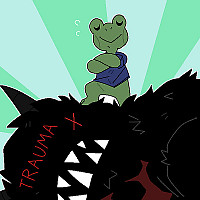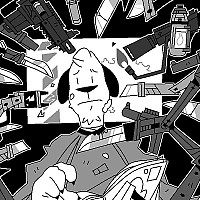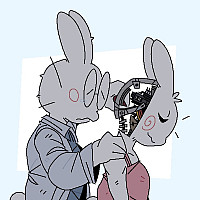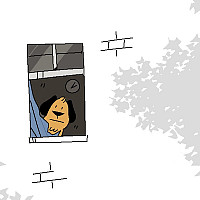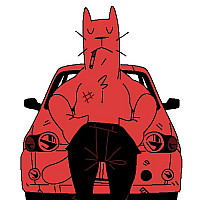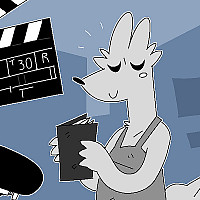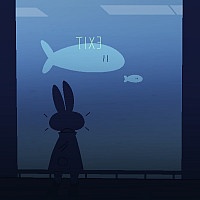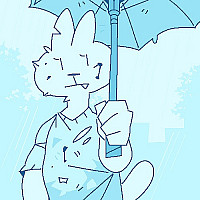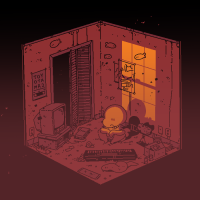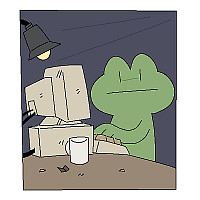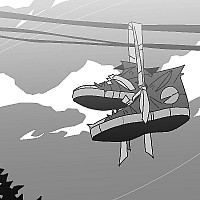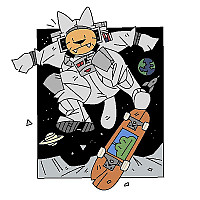Expose: The Journal of Expository Writing

Expose biannually shares a selection of noteworthy personal and critical essays that are created by students in College and Expository Writing courses at Purchase College.
Spring 2024
The Creative Spark
“I started to think more about writing as a creative act and less of a transactional exchange. At Purchase, I practiced looking beyond what’s obvious, and discovering something new—not only in writing, but in thinking.”―College Writing
With this issue, we are thrilled to launch a retrospective on the Durst Distinguished Lecture Series, which brings literary luminaries to Purchase College to share wisdom that students carry into their own creative processes. These visits build community at Purchase College as we gather to “Think Wide Open,” drawing inspiration from writers who’ve taken creative risks while expressing their ideas. Many College Writing students have shared “Reflections on the Durst” in this issue, revisiting recent guest lectures by Manuel Muñoz and Lynda Barry.
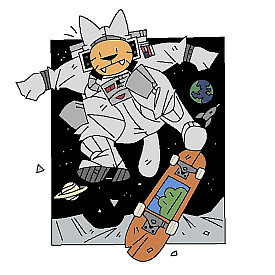
With gratitude to Chris Kramer ’27 for creating original, colorful, and surprising illustrations for this issue, and for reading each selected essay with care and attention. With special thanks to College Writing faculty members Professor Deborah Cooper and Professor Tessa Rossi for similarly reading and selecting essays with care. Thanks to Professor Emily Sausen for collaborating to host a celebratory launch for this issue on May 2, 2024 at 3:30 p.m. in The Red Room and to Professor Aviva Taubenfeld, Director of the School of Humanities, for supporting this publication project inexhaustibly.
Congratulations to this issue’s featured writers, Robin Adams, Riana Aquino, Nysine Ordonez Blanco, Adrienne Butler, Raneychka Cancel, Caroline Courtney, Sienna Cruz, Teresa Della Monica, Luca Dimnet, Professor Alexandra Dos Santos, Ash Flippen, Mariluz Garcia, Zane Grey, Timothy Higgins, Victoria Hines, Charles Ireland, Jaden Janowick-Cockrell, Ava Landreth, Chris Kramer, Sofia Nagle, Matthew Nielsen, Jordan Plange, Audrey Redmond, Anelise Rodriguez, Aiden Romano, Alina Stepanov, Kris Sorano, Alina Stepanov, Yanis Valderrama, Kaelin Viera, Alana Warnick, and Kate Wilson, as well as finalists Raina Wiley and Antonio Ortiz. Your writing, as Professor Dos Santos describes in her faculty interview for this issue, sparks a “flame of inspiration,” reflecting the essay form as a place for artistry, fearlessness, and excitement.
—Amy Beth Wright, Editor
Faculty Essay
